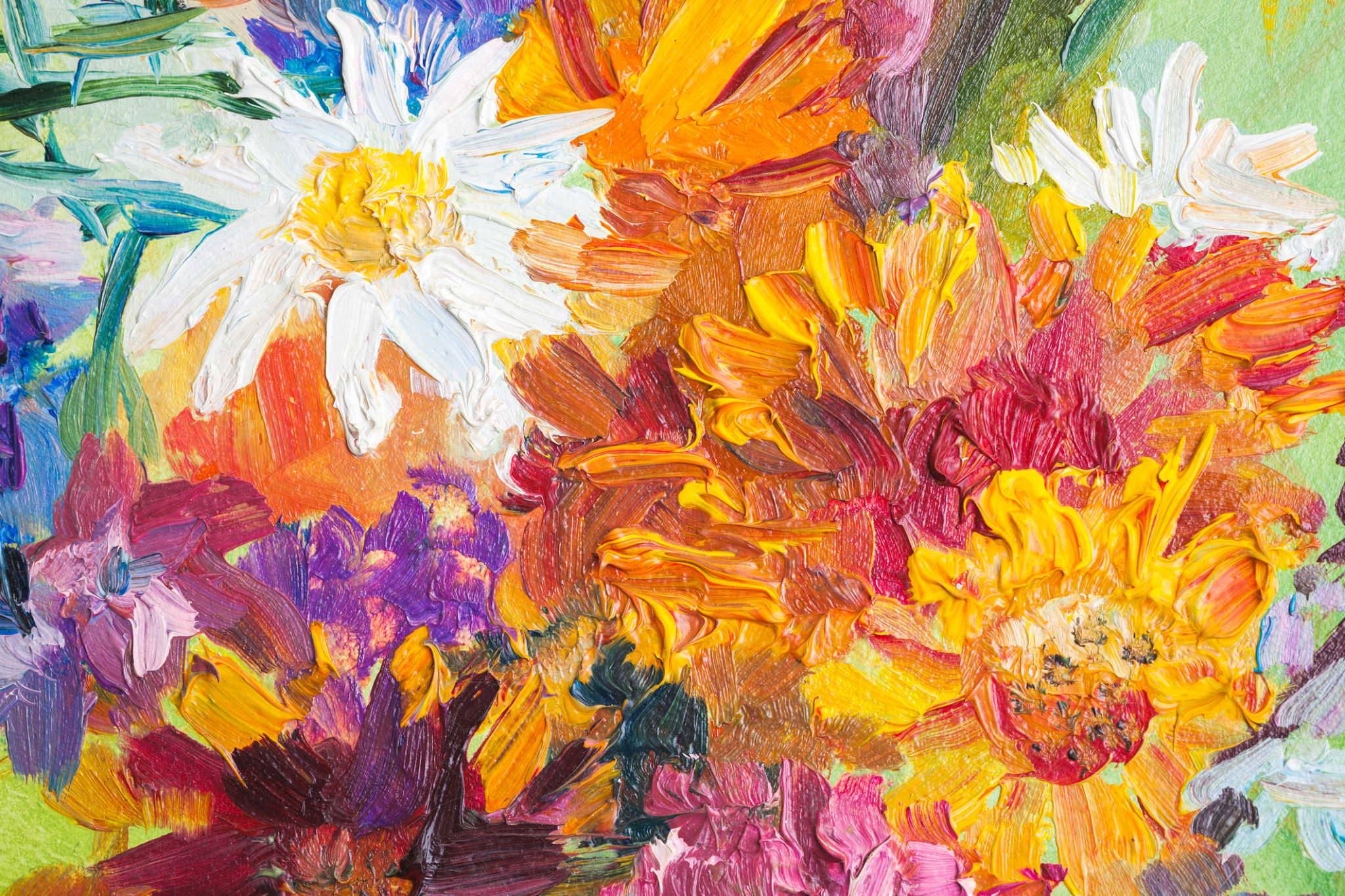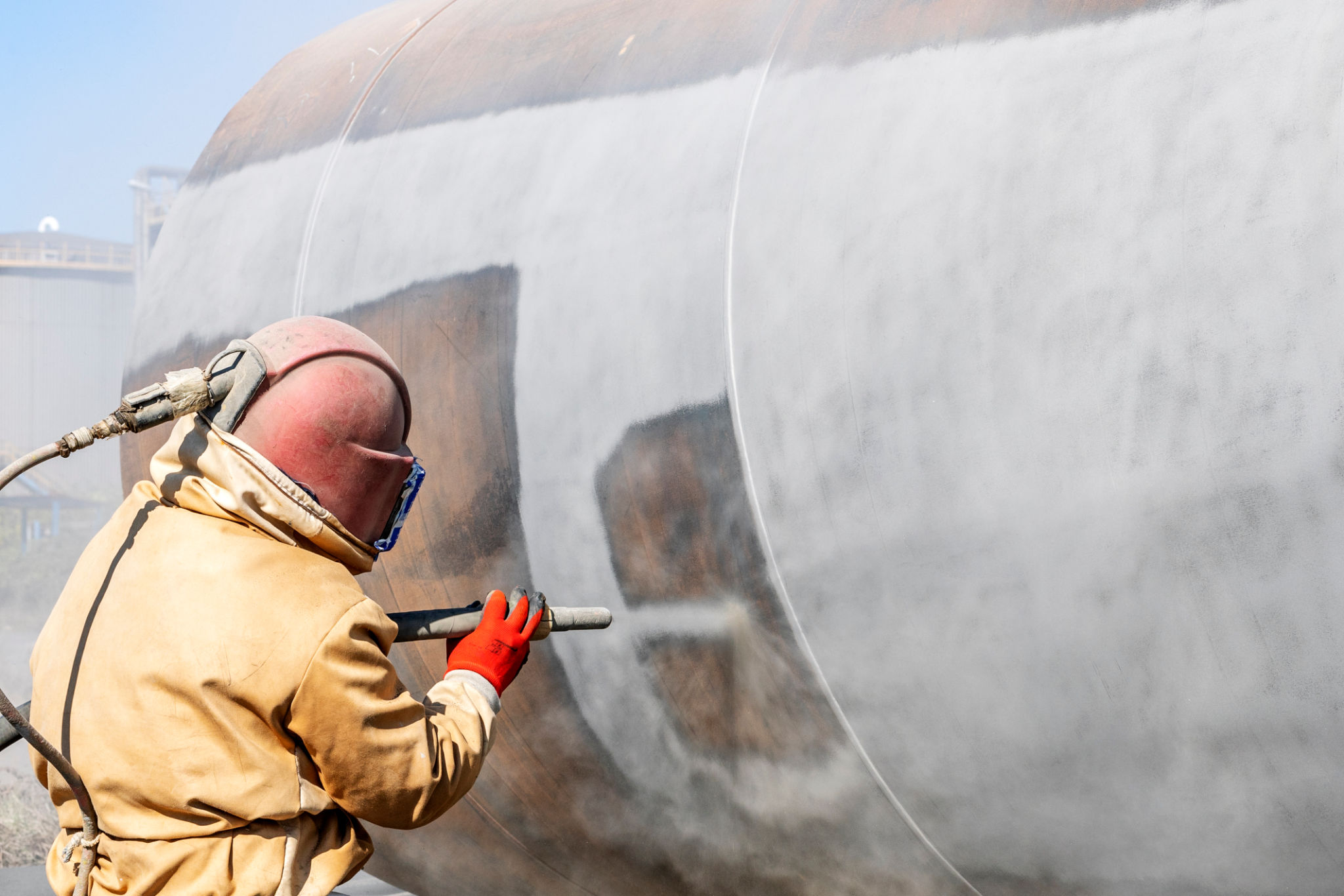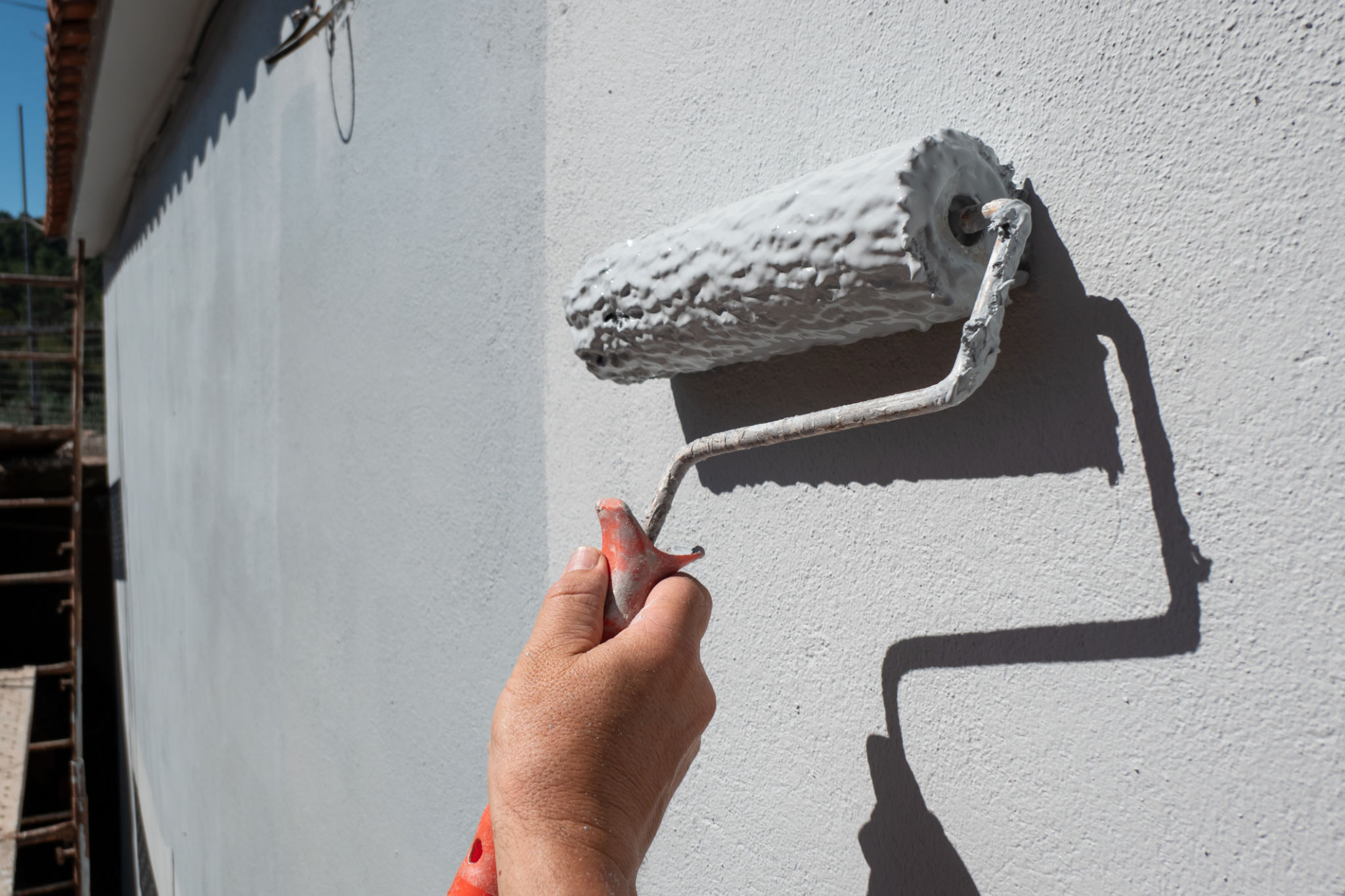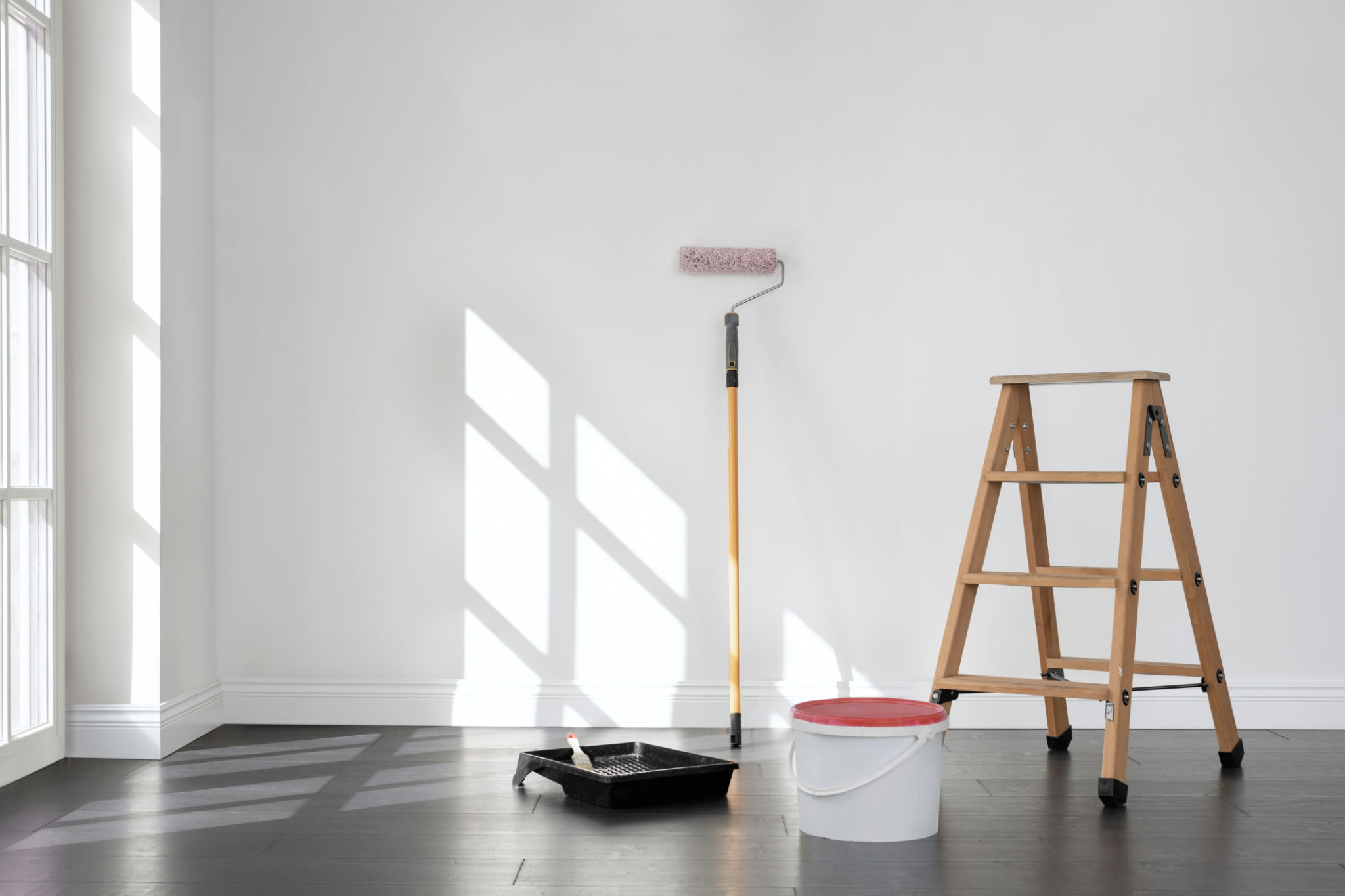Seasonal Painting Tips: Preparing Your Home for Summer
Why Summer is the Perfect Time for Painting
As the days grow longer and the temperatures rise, summer presents an ideal opportunity to refresh your home's interior or exterior with a new coat of paint. The warm weather ensures quicker drying times and allows you to work without the interruption of rain or cold. Additionally, natural light during this season helps in selecting the perfect color, ensuring that your choices appear vibrant and true to shade.
However, painting in summer requires some special considerations to achieve the best results. With the right preparation and techniques, you can ensure your painting project is successful and long-lasting.

Preparing Your Surfaces
Before you begin painting, it’s crucial to prepare your surfaces properly. For exterior painting, this means cleaning off any dirt, mold, or mildew that may have accumulated. Use a power washer for large areas or scrub with a brush and mild detergent for smaller spots. For interiors, ensure that walls are free from dust and stains.
It’s also important to repair any cracks or holes in the walls. Use a suitable filler and sand it smooth once it’s dry. This step is vital for achieving a flawless finish.

Choosing the Right Paint
Selecting the right type of paint is essential for durability and appearance. For exterior projects, opt for paints specifically designed for outdoor use, as they are formulated to withstand weather conditions like UV rays and humidity. Interior paints should be chosen based on the room's function; for example, kitchens and bathrooms benefit from moisture-resistant options.
Consider using lighter shades during summer to reflect heat and keep your home cooler. If you’re unsure about color choices, purchase small sample pots to test how they look at different times of the day.
Optimal Painting Conditions
While summer provides great weather for painting, it's important to avoid painting in direct sunlight or during extremely hot hours. The heat can cause paint to dry too quickly, leading to bubbling or uneven surfaces. Aim to paint in early mornings or late afternoons when temperatures are cooler.

Ensure proper ventilation when painting indoors by opening windows and doors. This not only speeds up drying times but also helps disperse any fumes from the paint.
Tools and Equipment
Investing in quality brushes and rollers can make a significant difference in your painting project's outcome. High-quality tools provide better coverage and reduce the number of coats needed. Additionally, consider using extension poles for hard-to-reach areas, ensuring even application without strain.
If tackling an exterior job, ensure you have a sturdy ladder that can safely reach all necessary heights. Safety should always be a priority when painting.

Finishing Touches
Once you've completed your painting project, allow sufficient time for the paint to dry completely before moving furniture back or hanging wall decorations. This prevents accidental smudges or marks on your freshly painted surfaces.
Lastly, take a step back and admire your work. A well-executed paint job can dramatically transform your living space, enhancing both its aesthetics and value.
